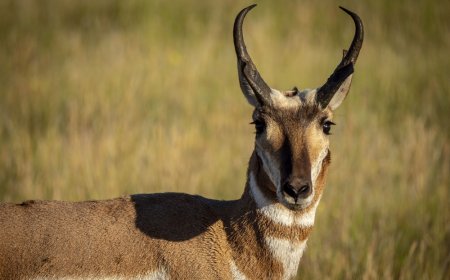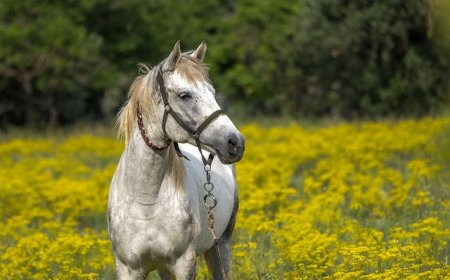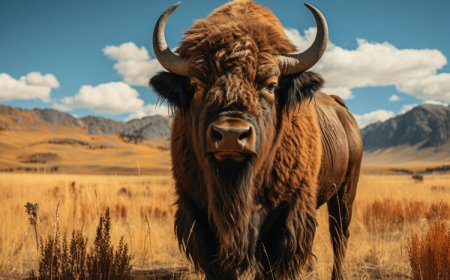Giant Panda Facts for Kids – Bamboo Diet, Habitat & Behavior
Learn about giant pandas for kids. Discover their bamboo-heavy diet, how much they eat each day, where they live in China, and their unique behaviors.

🐼 Giant Pandas: Bamboo-Loving Bears of China
📚 Scientific Name and Classification
- Common Name: Giant Panda
- Scientific Name: Ailuropoda melanoleuca
- Family: Ursidae (bear family)
- Order: Carnivora
Although they belong to the same family as other bears like the brown bear and polar bear, pandas are quite different in behavior, diet, and habitat. The scientific name means “black and white cat-footed animal.”
There is also a related species called the red panda, but it is in a different family and is closer to raccoons than to bears.
🌍 Habitat and Geographic Range
Giant pandas are found only in the wild mountain forests of central China, mainly in:
- Sichuan Province (where most live)
- Shaanxi Province
- Gansu Province
These regions have:
- Dense bamboo forests
- Cool temperatures and misty hills
- Steep, rugged terrain with streams and rivers
Pandas once lived in lower-elevation areas, but farming and building pushed them higher into the mountains. Today, they survive in protected nature reserves, often at elevations of 5,000 to 10,000 feet (1,500–3,000 meters).
🎋 Diet and Feeding Habits
Although classified as a carnivore, the panda’s body is adapted to eating almost entirely plants, especially bamboo.
Diet:
- Over 99% bamboo
- Favorite parts: new shoots, tender stems, leaves
- Occasionally: eggs, small rodents, birds, and fruit
- In zoos: carrots, apples, sweet potatoes, and high-fiber biscuits
Feeding adaptations:
- Strong jaw muscles and flat molars to crush bamboo
- “Pseudo thumb”—a wrist bone that acts like a sixth finger to grip stalks
- Large gut to hold large amounts of bamboo (but not efficient at digesting it)
Because bamboo is low in energy, pandas need to eat up to 14 hours a day and can consume up to 40% of their body weight daily.
🧠 Behavior and Intelligence
Pandas are generally quiet, solitary, and non-aggressive. They are peaceful animals that prefer to avoid conflict.
Social behavior:
- Territorial—each panda has a home range
- Communicate using scent marks (glands on their tail area), vocalizations, and body language
- Males and females only come together briefly during mating season
Intelligence:
- Good memory for feeding routes and territory
- Can solve puzzles and use tools in captivity
- Recognize humans and other pandas using scent and sight
Even though pandas are shy, they’re curious and playful—especially young cubs. Pandas enjoy rolling down hills, climbing trees, and playing in water.
🦴 Physical Features and Adaptations
- Fur color: Black patches on the eyes, ears, shoulders, legs, and a white body—possibly for camouflage in snowy shadows or communication
- Size:
- Males: up to 300 lbs (135 kg)
- Females: up to 220 lbs (100 kg)
- Length: 4–6 feet (1.2–1.8 m)
- Thick fur coat protects against mountain cold
- Large paws with rough pads for gripping slippery bamboo
- Despite their bulk, pandas can climb trees, swim, and even do somersaults
Their unique black-and-white fur may also help with species recognition, since pandas don’t often meet in the wild.
🍼 Life Cycle and Reproduction
Giant pandas have a slow reproduction rate, one of the reasons they are considered vulnerable.
Mating and birth:
- Breeding season: March to May
- Female is fertile only 2–3 days per year
- Gestation: 95–160 days (includes delayed implantation)
- Cubs: Usually 1 (twins are possible, but usually only one survives in the wild)
- Born blind, pink, and only about 3–5 ounces—about the size of a stick of butter!
Cub care:
- Cubs grow black-and-white fur by 3 weeks
- Eyes open at 6–8 weeks
- Begin crawling around 3 months
- Nurse for up to 9 months and stay with the mother for 18 months to 2 years
Because of the intensive care needed, female pandas usually can’t raise more than one cub at a time.
⚠️ Threats and Conservation
Giant pandas were once critically endangered, with only about 1,000 individuals in the wild in the 1980s. Thanks to conservation work, their numbers have increased.
Major threats:
- Habitat loss due to farming, logging, and road construction
- Low reproductive rate
- Climate change affecting bamboo growth
- Human disturbances near protected areas
Conservation successes:
- Over 60 panda reserves have been created in China
- Captive breeding centers, like the Chengdu Research Base
- Reintroduction programs for zoo-born pandas
- International cooperation and research sharing
- Panda protection laws and environmental education
As of today, wild panda numbers have increased to about 1,800, and they are now classified as “vulnerable” instead of endangered.
🎉 Extra Fun Facts About Pandas
- Panda poop shows what kind of bamboo they’ve eaten!
- Panda cubs can climb trees before they can walk well
- In Chinese, the word for panda is “dà xióng māo,” meaning “big bear cat”
- Pandas have been around for 2 to 3 million years
- China lends pandas to other countries through “panda diplomacy”
📚 Vocabulary Words
- Bamboo – A tall grass that pandas eat as their main food
- Territory – An area of land that an animal claims and defends
- Endangered – A species that is at risk of disappearing completely
- Conservation – Efforts to protect animals and nature
- Reintroduction – Returning zoo animals to the wild
- Pseudo thumb – A special wrist bone that acts like a thumb for gripping
- Delayed implantation – When the fertilized egg waits before growing into a baby
👧 Kid-Friendly Summary
Giant pandas are black-and-white bears that live in mountain forests in China. They eat almost only bamboo and spend most of the day chewing! Even though they look big and strong, pandas are gentle and shy. Baby pandas are tiny and need lots of care. People are helping protect pandas by saving their homes and helping them grow in zoos and the wild. Pandas are very special and fun to learn about!
❓ Interactive Quiz
1. What do giant pandas mostly eat?
A. Fish
B. Grass
C. Bamboo ✅
D. Leaves
2. Where do wild pandas live?
A. Australia
B. North America
C. Central China ✅
D. India
3. What is a panda’s “pseudo thumb” used for?
A. Climbing trees
B. Digging
C. Gripping bamboo ✅
D. Waving
4. Why are pandas vulnerable?
A. They are aggressive
B. They have no predators
C. They live too long
D. They have low birth rates and habitat loss ✅
5. What color is a panda’s fur?
A. Red and white
B. Brown
C. Black and white ✅
D. Yellow





















































